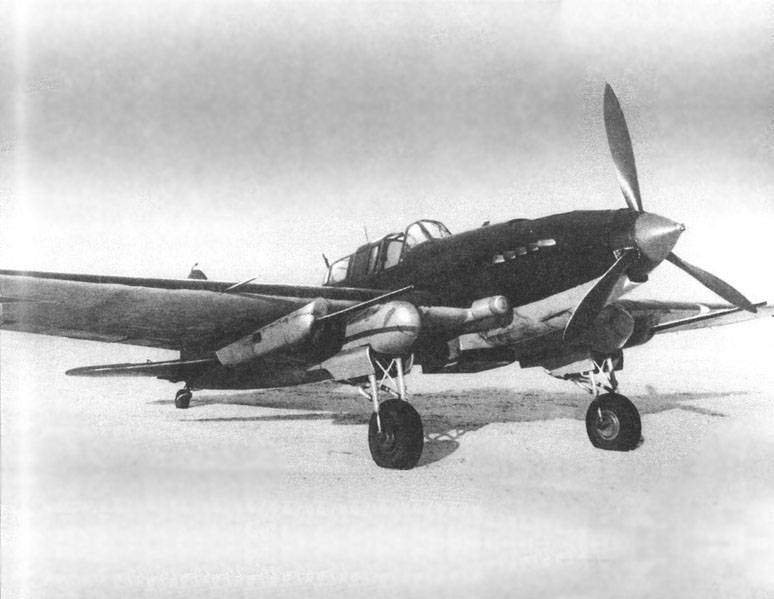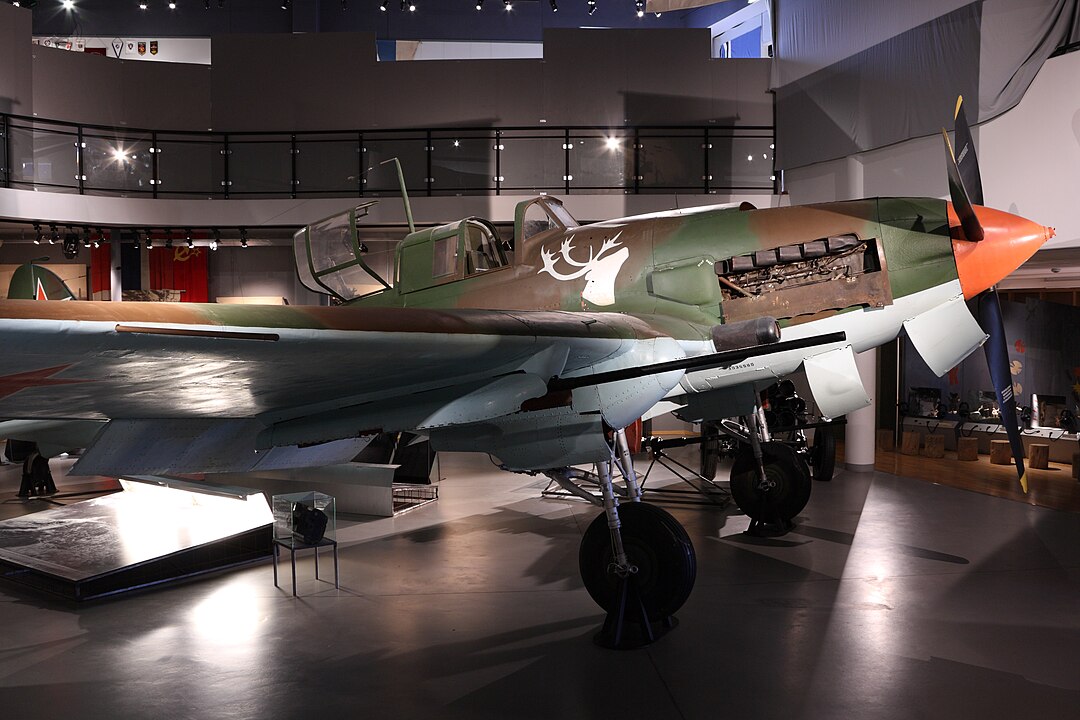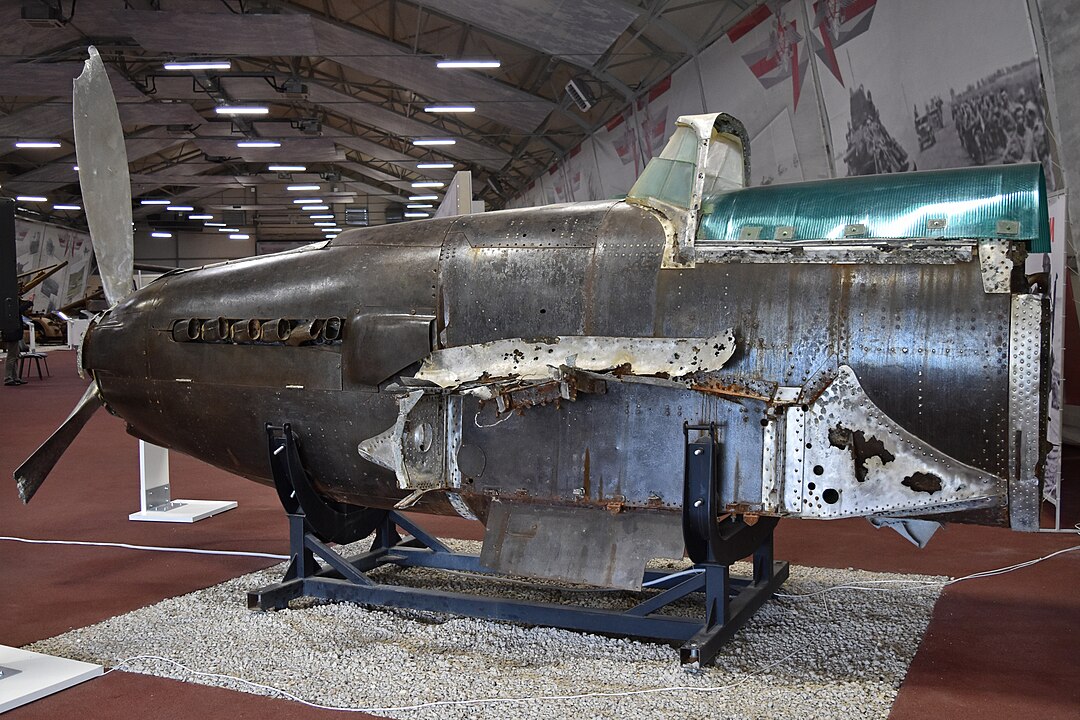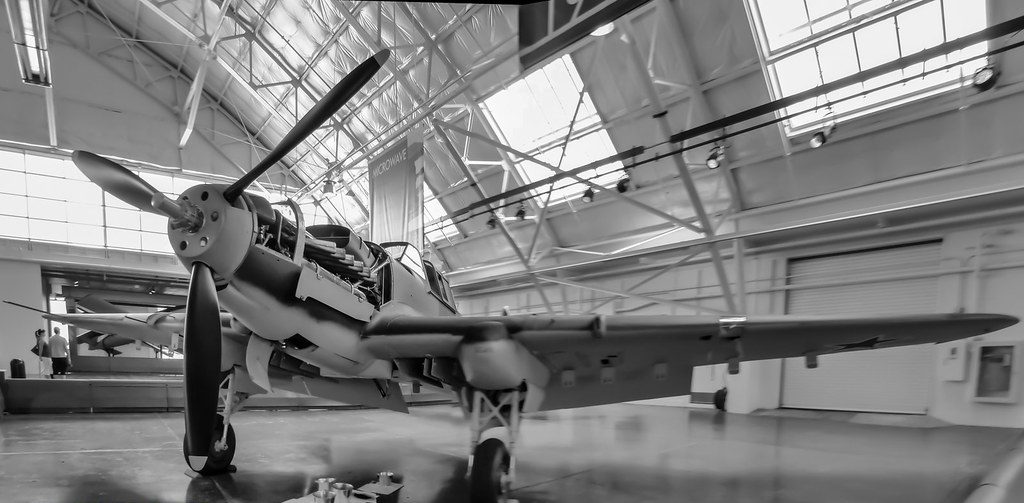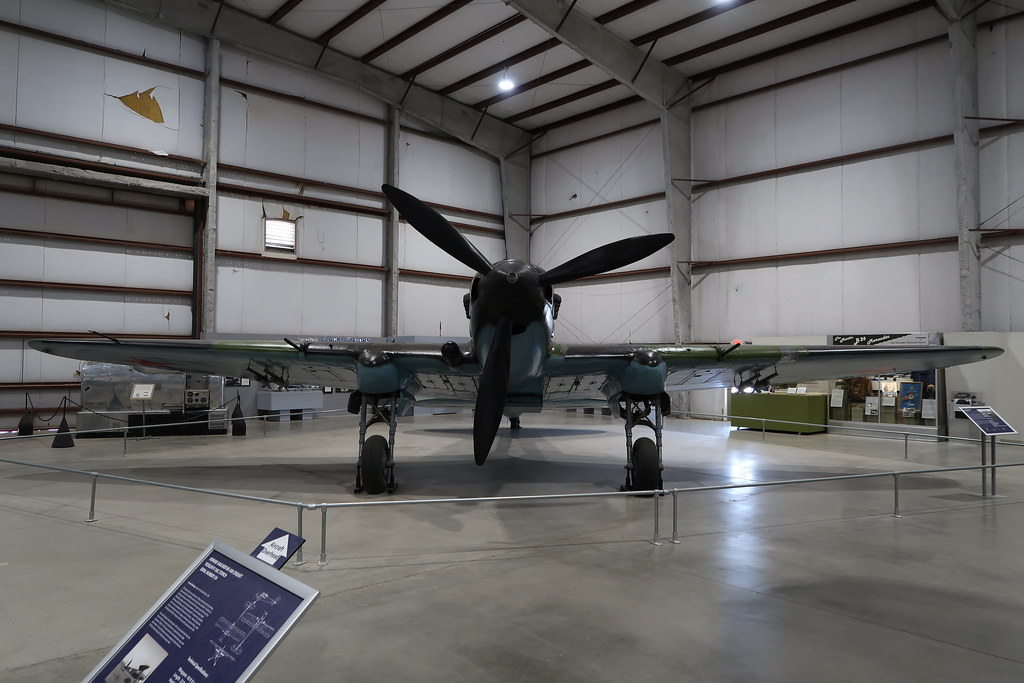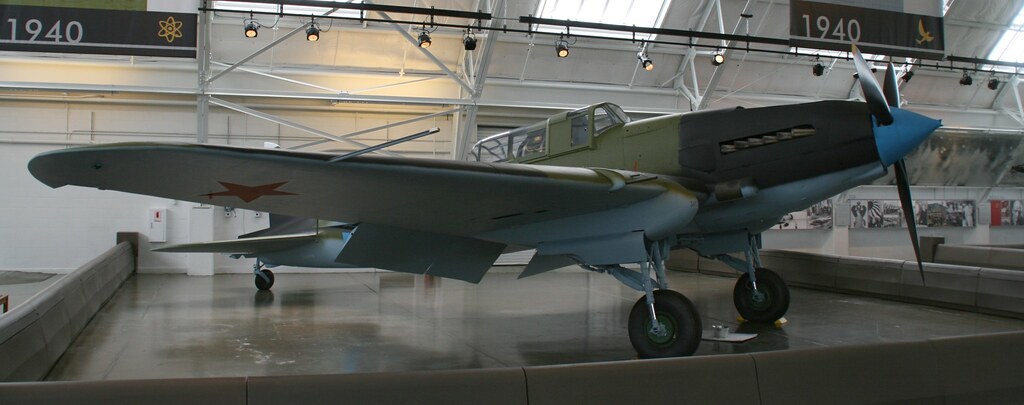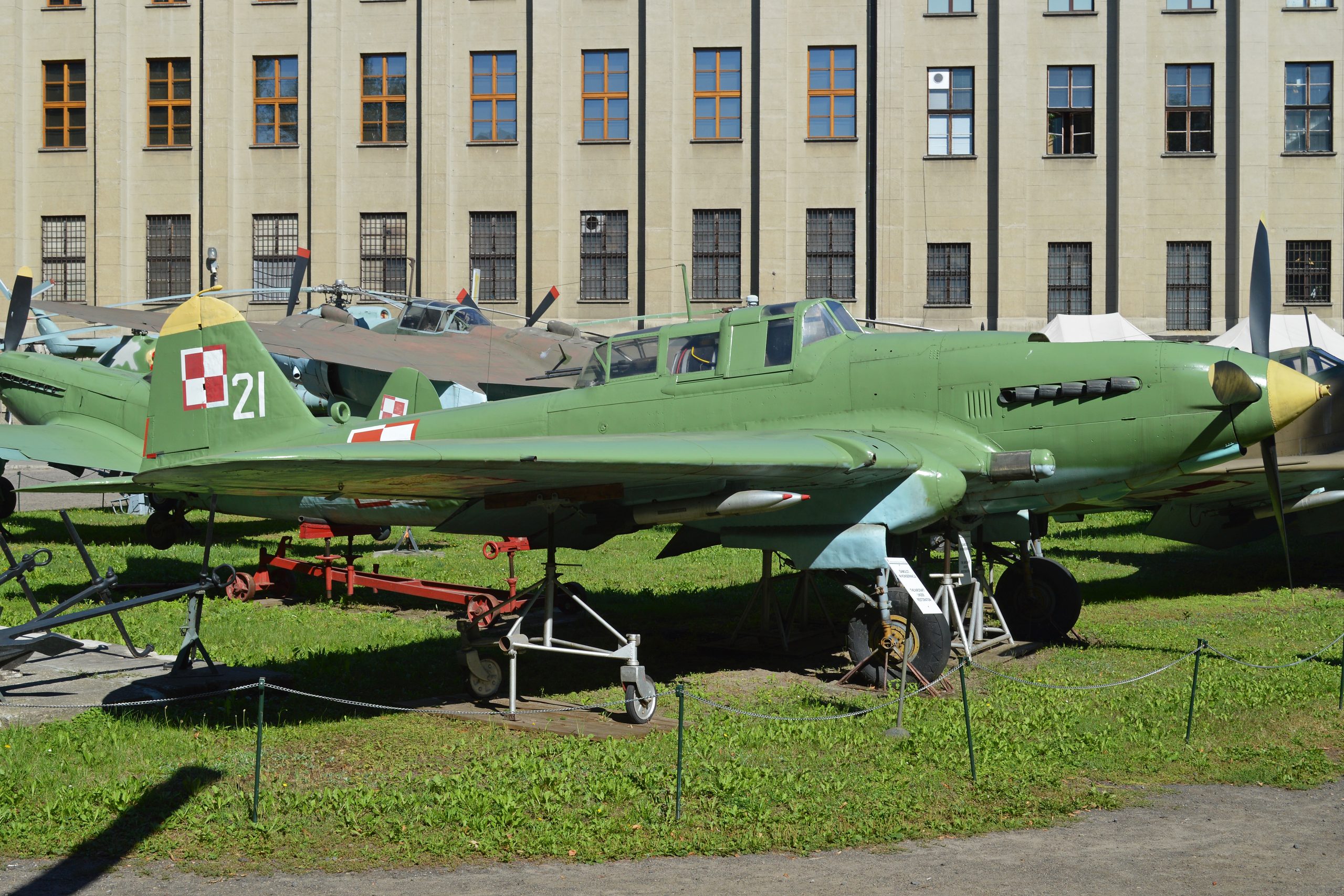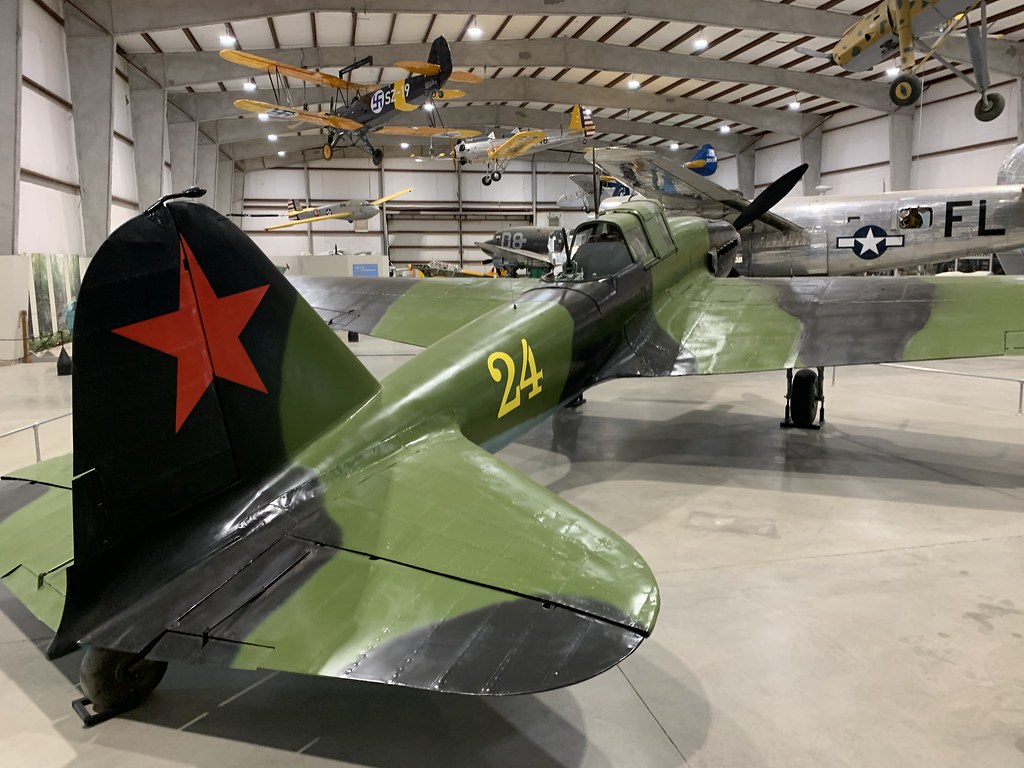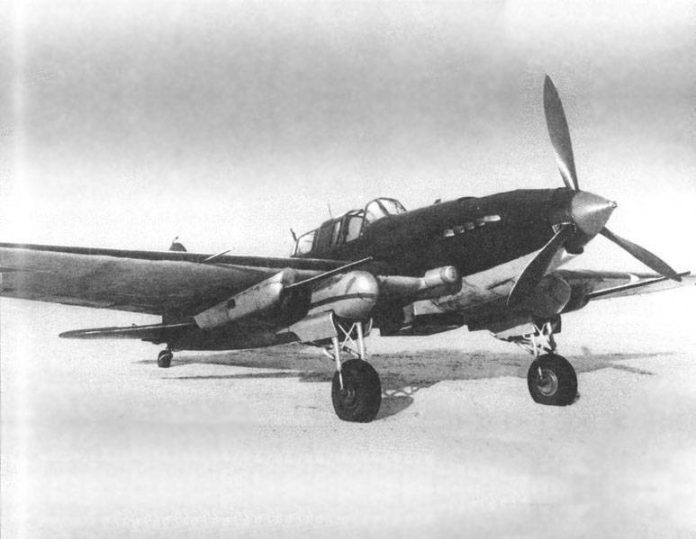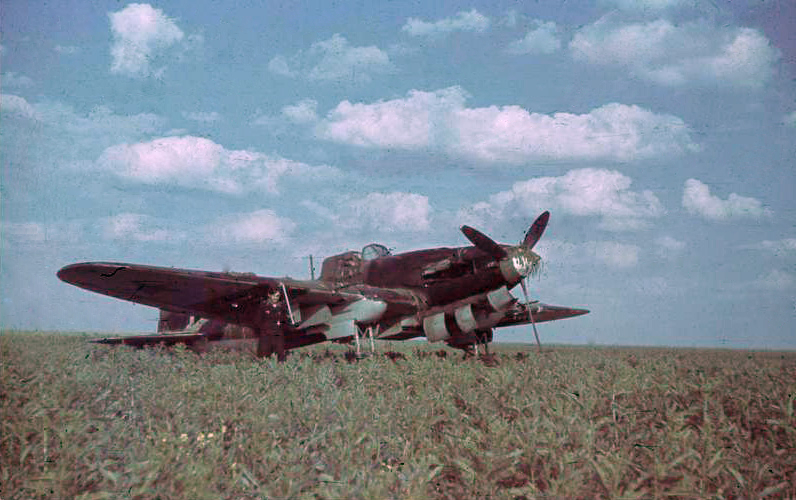
When the Nazi war machine rolled into the Soviet Union on June 22, 1941, the Red Army found itself in dire need of effective support from the skies. Amidst this chaos emerged a game-changer, an aircraft that would become as symbolic of the Soviet war effort as the T-34 tank: the Ilyushin Il-2 Shturmovik. This ‘flying tank’, as it would come to be known, was the most-produced combat aircraft of World War II and remains the second most-produced aircraft in history, with over 36,000 units built.

The Il-2 Shturmovik’s journey began in the mid-1930s, when the Soviet military sought a robust dive-bomber capable of taking on enemy ground forces. Sergei Ilyushin’s design bureau was tasked with developing such an aircraft without the usual design competition. The result was a rugged, armored, single-engine ground-attack plane that first flew in October 1939.
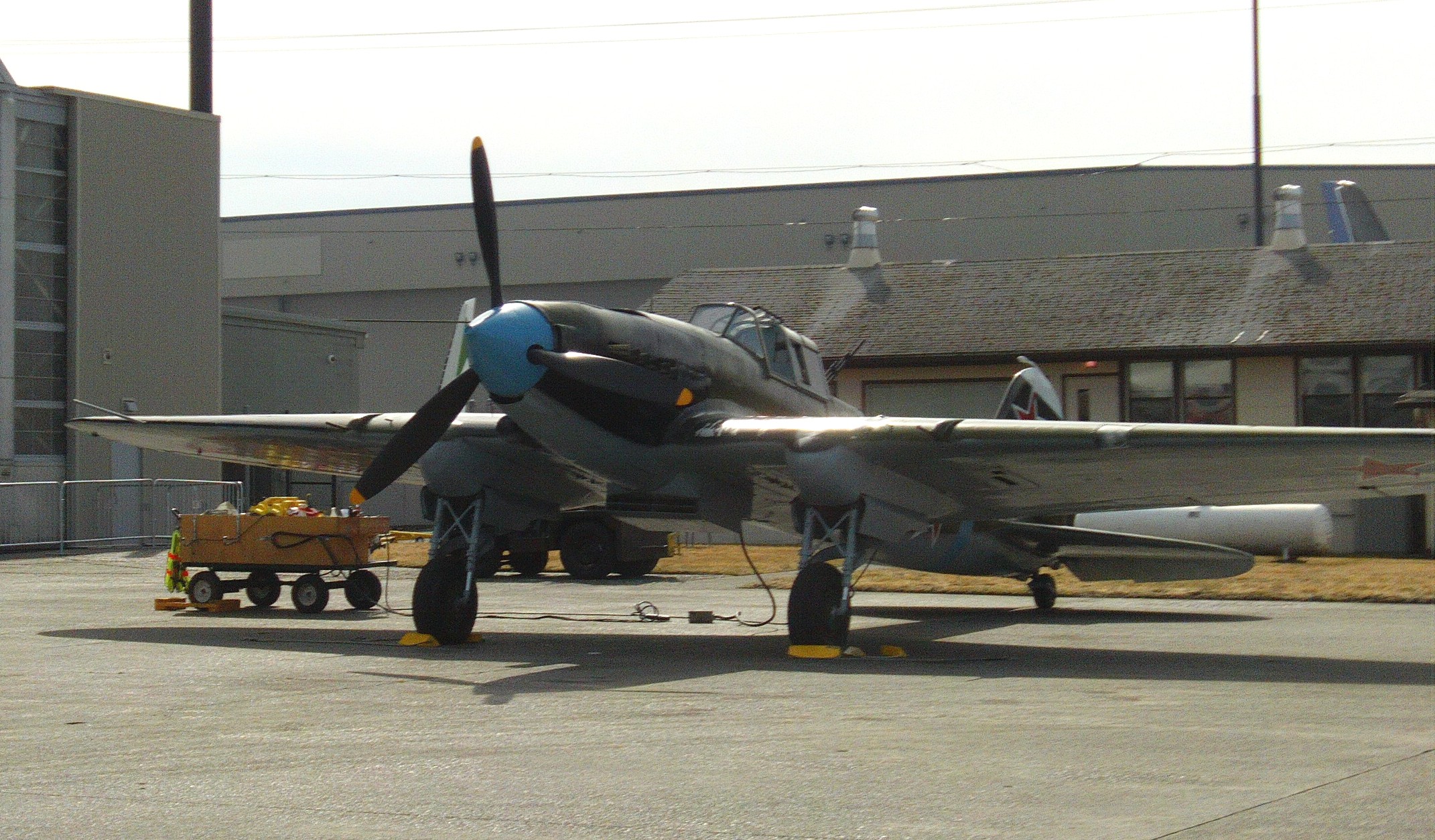
However, the early stages of its deployment were less than stellar. Of the 249 built by the time of the Nazi invasion, only 70 were in active service. These were, however, not idle on the shelf. Within five days of the invasion, the Il-2s saw combat, with a group attacking a German tank convoy, signifying the onset of their illustrious combat record.
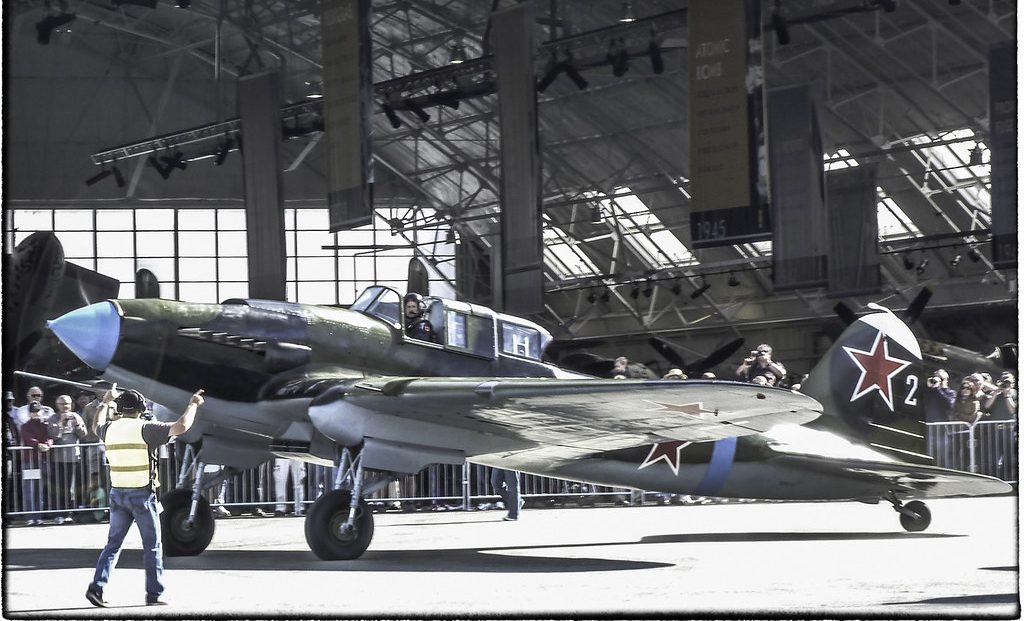
As the war progressed, the need for more Il-2s became critical. Despite initial production setbacks, Joseph Stalin’s sharp admonition to factory directors underscored the aircraft’s significance: “Our Red Army needs Il-2 aircraft like the air it breathes, like the bread it eats… I ask you not to try the government’s patience, and demand that you manufacture more Il-2s. This is my final warning.” Following this, the production of the Il-2 rapidly increased.

Built to absorb incredible battle damage, the Il-2’s armor-plated fuselage—its ‘bathtub’—earned it the German nickname “Betonflugzeug” or “concrete plane”. The Shturmovik’s ability to resist machine gun and 20 mm cannon fire made it a formidable foe for the Luftwaffe. It wasn’t until the two-seat version, with its rear-firing machine guns, that the Shturmovik fully realized its tactical potential.
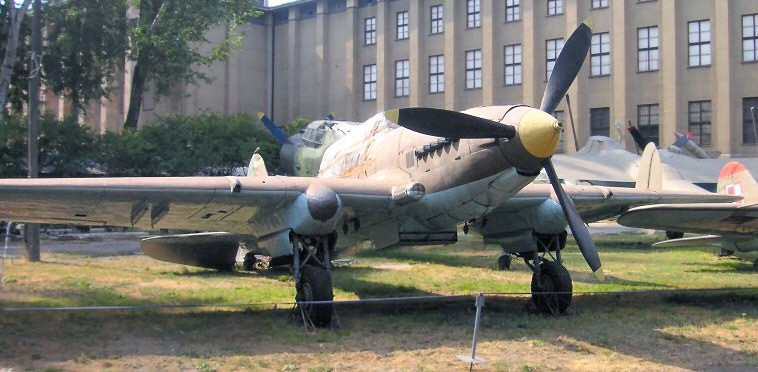
The Il-2’s operational prowess was particularly evident during key battles such as Stalingrad and Kursk. During the encirclement of German forces at Stalingrad in late 1942, Il-2s provided invaluable close air support, significantly contributing to the eventual Soviet victory. At the Battle of Kursk in the summer of 1943, Il-2s decimated 70 tanks from the German 9th Panzer Division within a mere 20 minutes.
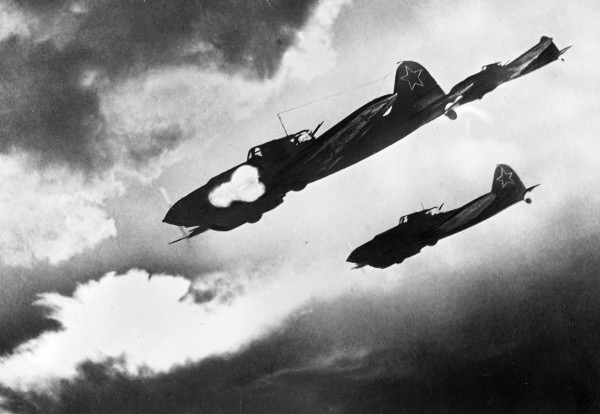
Despite its success, the Il-2 was not invulnerable. It suffered heavy losses, particularly in the early stages of its deployment. But as Oleg Rastrenin, an authority on Soviet air power, noted, it was the Il-2 that proved to be the “most useful aircraft for our infantry” and was greatly “feared by the German infantry.”
related images you might be interested.
